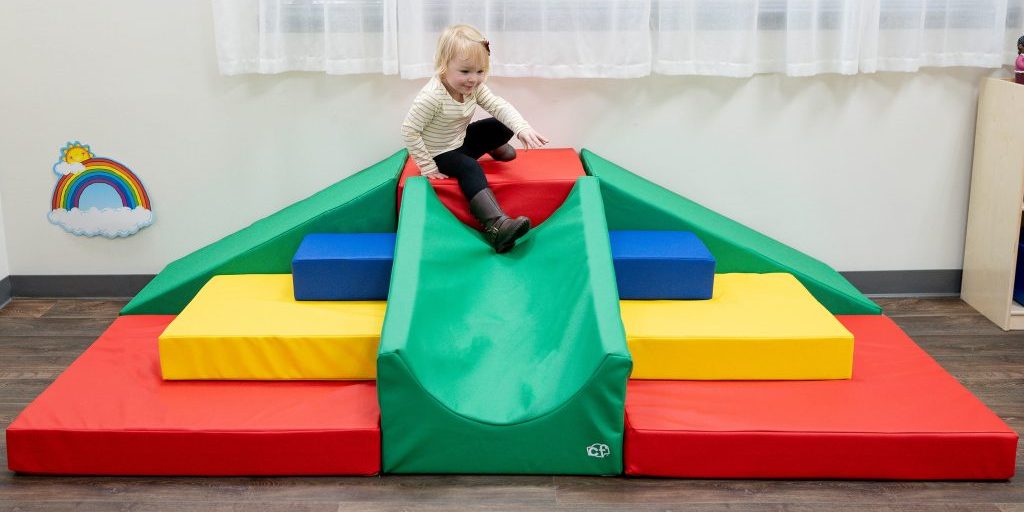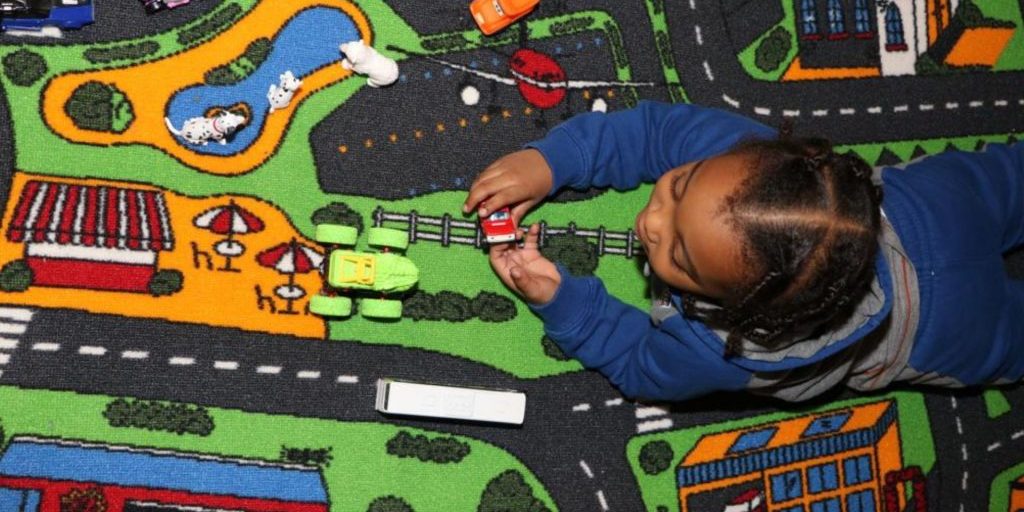
How Many Physical Activities Do Preschool-Aged Kids Require?
Research conducted from 1986-2007 measuring the level of physical activity of over 10,000 preschool-aged kids (ranging in age from 2-6 years old) from 7 different countries concluded, nearly half of all children do not engage in sufficient physical activity¹. Standards set up by the National Association for Sport and More…



